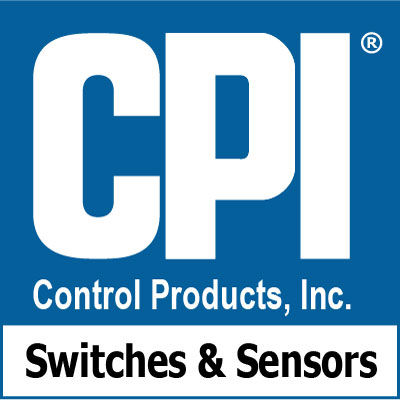You can think of wireless vehicle charging as an enhanced version of wireless smartphone charging with one big difference: The power required to generate the required electric field is significantly higher. As the power goes up, a number of additional factors needs to be considered, such as thermal losses and thermal runaway. The higher the inefficiency or distance of the energy transfer, the higher the power requirement, and the greater the heat losses and thermal management required.
Another challenge is the extremely powerful electric field generated. Electronic components need to survive in field strengths of up to 5000V, a potential well beyond the range of normal insulators.
Some manufacturers leading the development of electronic charging stations are choosing a new variation of the CPI SnapStat Thermal Switches for their temperature monitoring solution.

“The high dielectric strength requirement was a customization for us”, notes John Crozier, CPI’s lead application engineer on the project. “With a requirement for survivability up to 5000v we created a custom version of our SnapStat surface mount thermal that used a special material with ultra-high dielectric resistance.” That material, commonly called Ultem, is actually an amorphous polyetherimide thermoplastic known for its tremendous insulating properties.
The AD190 High Dielectric Surface Temperature Switch will be mounted directly on the heatsink and have a preprogrammed set point of 90C. The switch is fully rated for dielectric resistance up to 5000 VAC. Because these switches were designed for high reliability, they have a double snap action making them virtually immune to shock and vibration. They are also available with epoxy sealing or glass to metal hermetic sealing for the most demanding applications.
CPI Thermal Switches – For Standalone Performance
Another feature that makes CPI Thermals perfect for applications like wireless charging systems are the fact that it is a standalone detection system: in other words, once a set point is reached switch closure is going to happen, regardless of how fried the rest of your electronics may be. Despite the availability of sophisticated remote sensors and controllers, sometimes there’s nothing better than the reliability and dependability of a well-engineered thermocouple.
The Future of Wireless Charging is Hot
Wireless charging is the next frontier for electric vehicles, especially trucks and busses and other large vehicles for whom cable based charging represents certain challenges. Imagine a time when a self-driving rideshare vehicle automatically pulls over and picks you up and drives passenger after passenger to stops along its route without ever needing to stop to recharge its battery. Instead, power generated by nearby wind and solar sources is delivered wirelessly from the roadway to the vehicle while it is in motion.
While some problems still need to be overcome to make this work on a large scale, prototype systems are already deployed across the USA and Canada. CPI is proud to note that we are a component provider to more than one of these kinds of applications.
For more information on CPI Thermal Switches, call our engineering team today or visit our website at https://cpi-nj.com
This blog was originally published at https://www.cpi-nj.com/cpi-helps-lead-the-wireless-charge/


